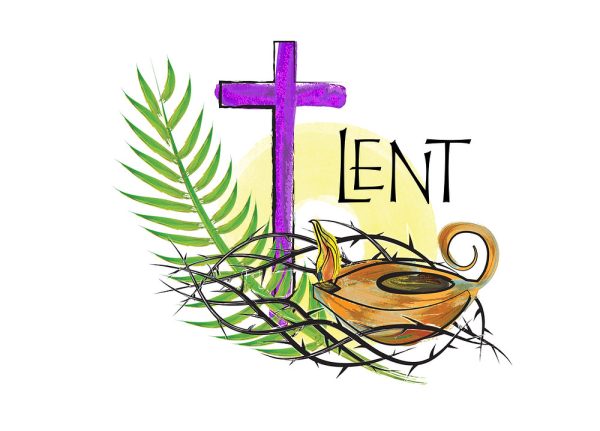The Past and Future of New Year’s Resolutions
New Year’s resolutions have been in style for thousands of years
Even though some of us may find it hard to follow through with our New Year’s resolutions for more than a few weeks, the process of making them has stuck for about 4,000 years.
The history of New Year’s resolutions began in ancient Babylonia. For Babylonians, the beginning of a new year was marked by springtime and the planting of that year’s crops. During a 12 day celebration, people would make promises to the gods to repay debts and return borrowed items. They believed that by doing so, they could win favor from the gods and end up having a bountiful year.
In Ancient Rome, citizens had similar practices. Every January, they would offer sacrifices to one of their gods, Janus, who is depicted as having two faces that look to the future and the past. These sacrifices were also supposed to incur good favor from the gods, but the Romans additionally began the transition toward modern New Year’s promises that aim at reflecting on one’s past and making a personal change of character for the future.
In more recent centuries, Christian denominations have held New Year’s Eve services where people focus on prayer and improving their relationships with God, making resolutions to become holier in the new year.
However, New Year’s resolutions have now become a secular practice, with the most common promises focusing on exercise and healthier living. Every December, nearly 50% of Americans make promises to themselves to spend the next year self-improving. Only a small percentage of those Americans can say they’ve kept their promise a year later.
Even though they are sometimes hard to keep, New Year’s resolutions have stuck around for thousands of years. If you don’t have a resolution for 2020 yet, it’s not too late. Maybe this year you should try seeing why they’ve remained a part of our world’s culture for so long.

Senior Maria Klassen is involved in theatre, choir and pro-life club. In her free time, she enjoys making to-do lists, smelling candles and playing music....








